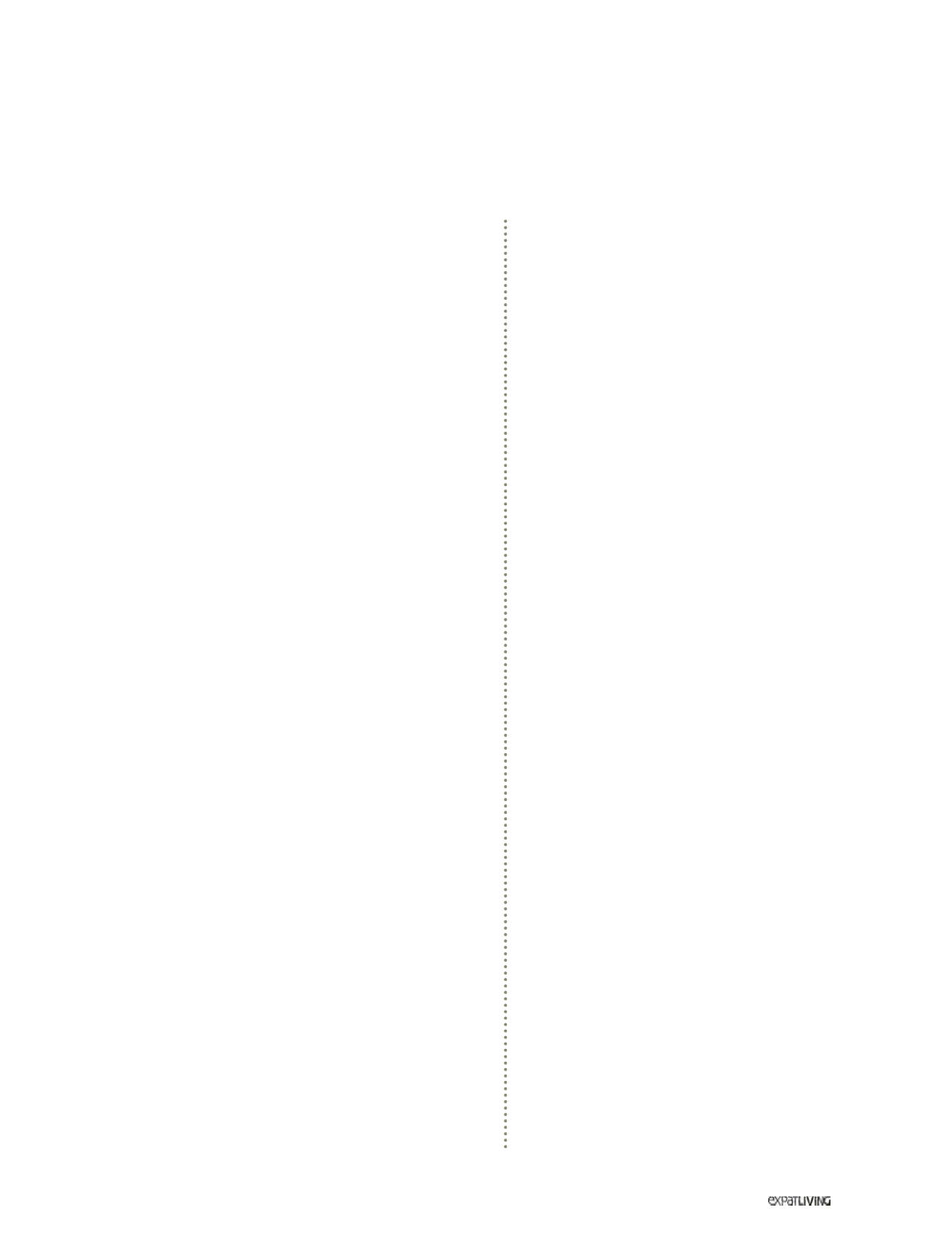

CRITICAL ISSUES
303
November14
QUESTION #1
Am I at risk of a heart attack?
Heart disease is the number one cause of death globally,
accounting for about 30 percent of all deaths. And as
consultant cardiologist DRROHIT KHURANApoints out, the first
awareness of having heart disease may be a fatal one. That’s
why knowing the early signs and symptoms is crucial to survival.
How will you know you’re having a heart attack?
Chest pain or pressure is the most common symptom of a
heart attack, but victims may experience a diversity of warning
symptoms such as: shoulder, upper back or gastric discomfort;
jaw pain; shortness of breath; giddy spells; or sweating.
Diabetics are more prone to heart disease; worryingly, they
do not develop symptoms and may suffer silent heart attacks.
Are women at equal risk?
Heart disease is the leading cause of death for women over 40,
especially after menopause (partly due to naturally declining
oestrogen levels). Importantly, though, their symptoms may
be different: they may have little or no chest pain, but more
commonly experience discomfort in the arms, neck, jaw, throat
or back associated with feelings of nausea and indigestion.
What causes heart attacks?
They result from the acute rupture of a cholesterol-rich plaque
(“blockage”) in an artery supplying the heart muscle. Typically,
this occurs at times of exertion, such as during exercise or
periods of high emotional stress. Risk factors include advancing
age, and a family history of premature heart disease – men
younger than 45 and women younger than 50.
What are the chances of survival?
Excellent, if the victim receives prompt assessment and
treatment from an A&E department or a cardiologist –
contemporary methods to open the culprit blocked heart artery
are very effective. Too often, when symptoms are dismissed as
fatigue or stress, medical attention is not sought in good time.
The minority of heart attack victims who die later do so as a
result of extensive damage to the heart muscle.
How can heart disease be avoided in the first place?
Minimise your own modifiable risk factors for the development
of arterial blockages. These include: smoking; high LDL (“bad”
cholesterol) and lowHDL (“good” cholesterol); poorly controlled
hypertension (high blood pressure); physical inactivity; obesity
and diabetes.
The Harley Street Clinic Heart Specialists
6A Napier Road
Gleneagles Hospital, #03-37C Annexe Block
6472 3703 | theharleystreetclinicsingapore
QUESTION #2
What’s this lump on my throat?
The thyroid gland’s sole function is to secrete the
hormone thyroxine, says DR DENNIS LIM, a general
surgeon with a sub-specialty in head and neck
surgery and surgical oncology. Over- or under-
production of thyroxine is a functional abnormality,
less common than
thyroid nodules,
the most
common thyroid disease.
What are thyroid nodules, and when are
they a problem?
Thyroid nodules are insidious. Usually, it is a friend or
family member who notices a lump in the front of the
neck. Increasingly, nodules less than a centimetre
in diameter are also being detected during routine
ultrasonic examinations of the thyroid.
How common are they?
It’s been estimated that up to 50 percent of people
older than 60 have them, if you look hard enough.
Just because you have nodules, though, does
not mean that surgery is inevitable. Not all thyroid
nodules need to be surgically removed. It’s vital to
undergo careful evaluation and risk assessment
by a surgeon who is thoroughly familiar with this
condition.
When is surgery indicated?
Traditionally, surgery is indicated when one or more
of the “three Cs” are present:
* Cancer, or fear of cancer
* Compression of the airway
* Cosmetic unacceptability.
What does the surgery involve?
It requires general anesthaesia, two hours in the
operating theatre, an incision of about four to five
centimetres (in the lower neck crease) and one or
two nights in hospital.
Recovery time?
Usually, it takes two weeks from the date of surgery
to almost completely functional recovery.
Can anything be done to avoid getting
thyroid nodules in the first place?
Not that we know of.
Dennis Lim Surgery
#11-09 Mount Elizabeth Medical Centre
3 Mount Elizabeth
6836 5167 | dennislim.com.sg



















